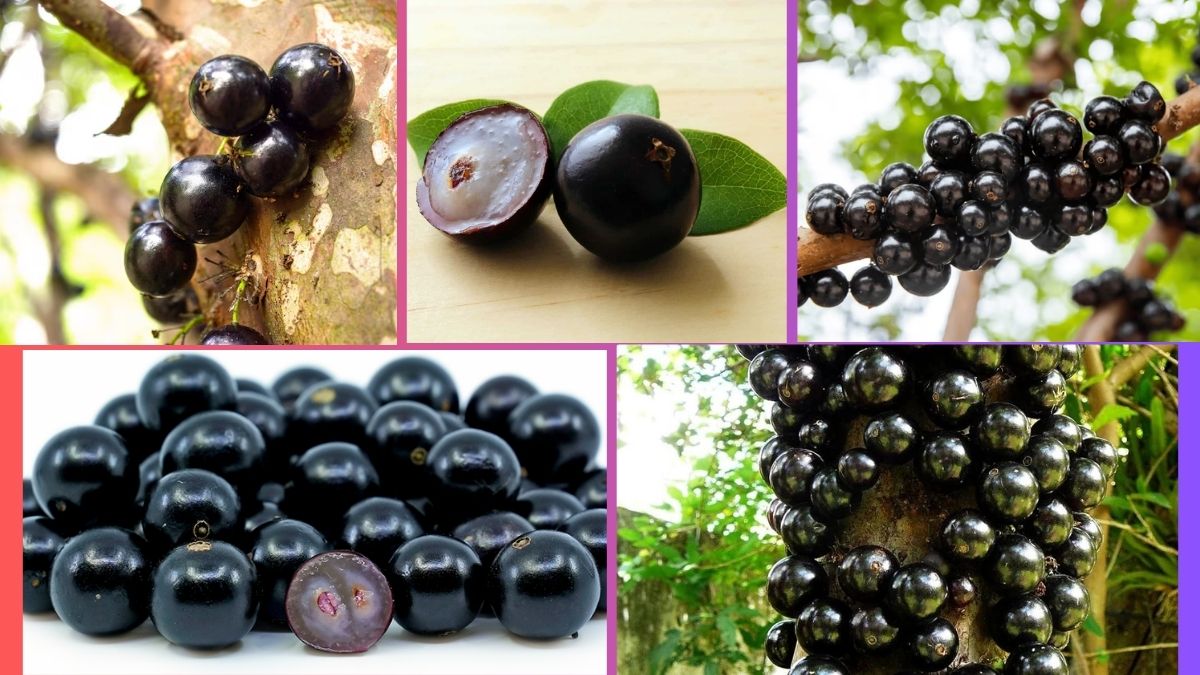The world of tropical fruits is filled with fascinating and rare delicacies, but few are as unique and culturally significant as jabuticaba. Often called the ‘Brazilian Grape Tree’, jabuticaba is a fruit native to South America, known for its striking appearance — purple, grape-like fruits that grow directly from the trunk and branches of the tree. With a sweet-tart flavor and rich cultural history, jabuticaba holds a special place in the hearts of many Brazilians.
But when it comes to commercial production, one country clearly stands above the rest: Brazil. This article will explore jabuticaba’s origins, cultivation, uses, nutritional benefits, and global production statistics — while explaining why Brazil remains the world’s unrivaled leader in jabuticaba production.
The Origins of Jabuticaba
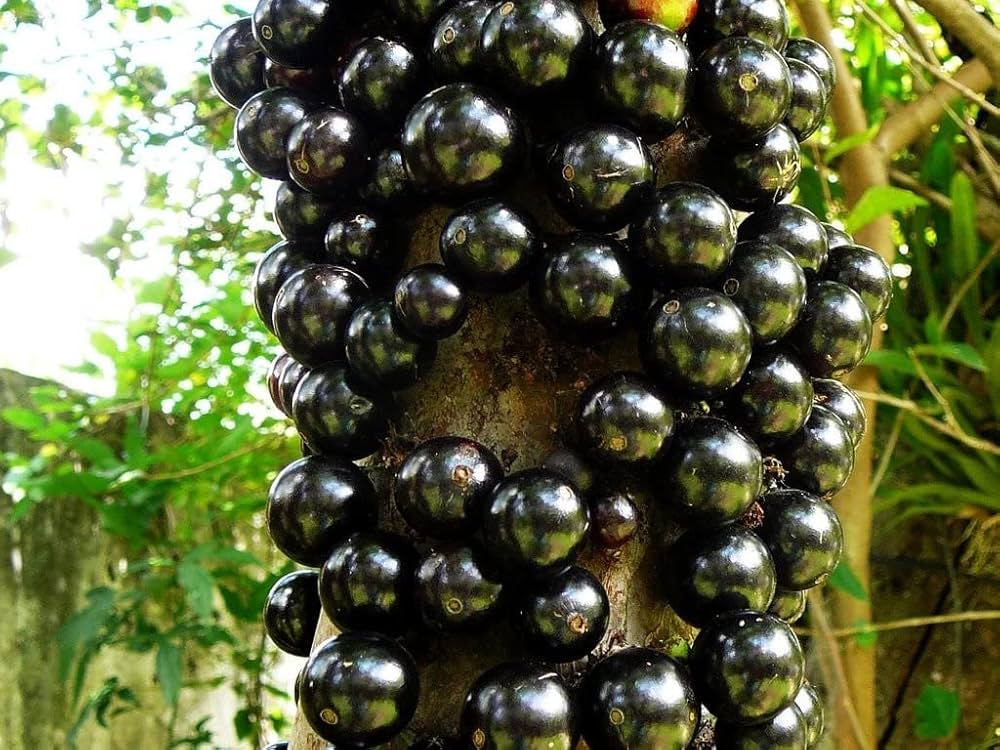
Jabuticaba (Plinia cauliflora) is a fruit-bearing tree in the Myrtaceae family, native to southeastern Brazil. The name “jabuticaba” comes from the Tupi-Guarani language, one of Brazil’s indigenous languages, meaning ‘like turtle fat’, referring to the fruit’s shiny, thick skin.
While primarily native to Brazil, jabuticaba also grows in parts of Paraguay, Argentina, Bolivia, and other subtropical regions in South America. However, its cultural and agricultural significance remains firmly rooted in Brazil.
What Makes Jabuticaba Unique?
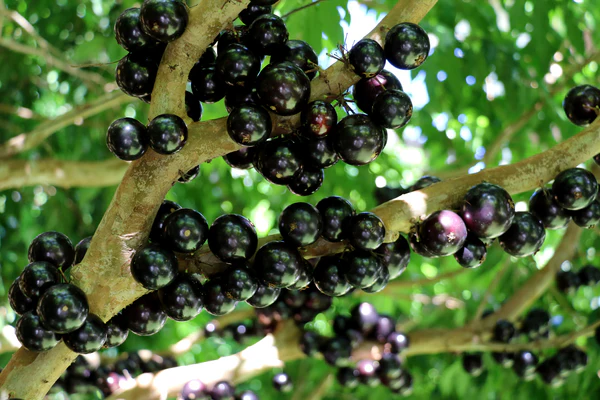
Jabuticaba trees produce round, dark-purple berries directly from their trunks and branches — a growth phenomenon known as cauliflory. The fruit measures about 2–4 cm in diameter, with a thick, tannin-rich skin and sweet, gelatinous pulp.
The taste is often compared to a cross between grapes and lychee, with subtle floral notes. The fruit is highly perishable, lasting only 3–5 days after harvest, which limits its commercial export potential but increases its local popularity and demand in Brazil.
Where Is Jabuticaba Grown?
While jabuticaba is grown in several subtropical regions, including Florida, California, Hawaii, and even southern Portugal and Australia, these areas produce it on a small, hobbyist or boutique scale.
Brazil remains by far the largest and most important jabuticaba producer globally, both in terms of area cultivated and the sheer volume harvested annually.
Brazil — The Global Leader in Jabuticaba Production
Major Growing Regions
Brazil’s jabuticaba production is concentrated in several southeastern states, including:
- Minas Gerais — The birthplace of jabuticaba and still one of its largest producers.
- São Paulo — Known for commercial orchards and popular jabuticaba festivals.
- Paraná
- Goiás
- Rio de Janeiro
Production Scale
While precise national statistics on jabuticaba production can be fragmented due to the fruit’s local and often smallholder cultivation, estimates suggest:
- Brazil produces tens of thousands of tons of jabuticaba annually.
- The state of Paraná alone cultivates over 500 hectares of jabuticaba farms.
- The Casa Branca region in São Paulo is famous as the “Jabuticaba Capital,” producing over 2,000 tons per year.
Family-run farms, backyard orchards, and commercial growers alike contribute to Brazil’s overwhelming production dominance.
Why Brazil Dominates Jabuticaba Production
Several factors explain why Brazil leads the world in jabuticaba production:
1. Native Origin and Ideal Climate
Jabuticaba thrives in the subtropical climate of southeastern Brazil, with its warm, humid summers and mild winters providing perfect conditions for the tree’s growth and fruiting.
2. Cultural and Culinary Importance
In Brazil, jabuticaba is more than just a fruit — it’s a cultural symbol. Many families have jabuticaba trees in their backyards, and it’s featured in regional dishes, beverages, jams, liqueurs, and traditional remedies.
The fruit is celebrated with annual jabuticaba festivals in towns like Casa Branca and Sabará, drawing thousands of visitors during the harvest season.
3. Strong Domestic Demand
Because jabuticaba’s delicate skin causes it to ferment quickly, most of the harvest is consumed locally or processed into juices, wines, liqueurs, jellies, and desserts, sustaining strong domestic markets and reducing the need for export competition.
Uses of Jabuticaba

Jabuticaba is versatile and used in various ways:
- Eaten fresh: Peeled and eaten directly, savoring the sweet-tart pulp.
- Jabuticaba juice: A refreshing drink popular in Brazil.
- Wine and liqueurs: The fruit’s fermentable sugars make it ideal for alcoholic beverages.
- Jams and jellies: Turned into sweet preserves.
- Candies and desserts: Used in cakes, mousses, and sauces.
In addition to its culinary uses, jabuticaba has traditional medicinal applications, believed to help with:
- Digestive health
- Anti-inflammatory benefits
- Antioxidant effects
- Respiratory issues
Nutritional Benefits of Jabuticaba
Jabuticaba is as nutritious as it is delicious. A 100g serving offers:
- Vitamin C: Boosts immunity and skin health.
- Anthocyanins: Potent antioxidants that help fight oxidative stress.
- Fiber: Supports digestion.
- Calcium and Iron: Beneficial for bone health and blood circulation.
Its high antioxidant capacity has prompted research into its potential anti-inflammatory and anti-cancer properties.
Production Challenges
Despite its popularity, jabuticaba cultivation faces certain challenges:
- Slow-growing trees: Jabuticaba trees often take 5–10 years to bear fruit.
- Short shelf life: Fresh jabuticabas spoil within days, limiting commercial distribution.
- Labour-intensive harvesting: Fruits must be handpicked to avoid damage.
- Pests and fungal diseases: Can affect yields and fruit quality.
However, Brazil’s rich biodiversity, skilled growers, and strong cultural ties help manage these challenges effectively.
Global Market Potential
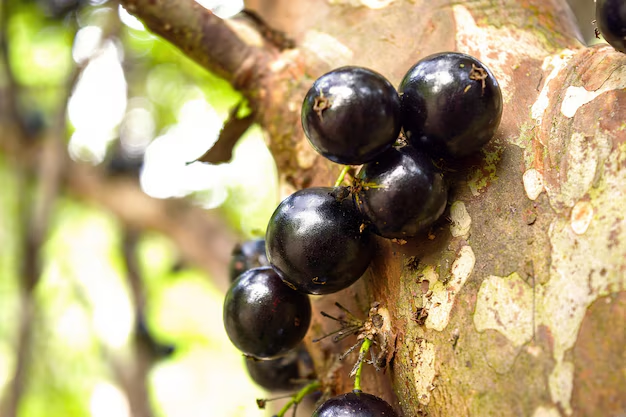
While jabuticaba remains largely a Brazilian treasure due to its perishability, processed products such as jabuticaba wines, jams, liqueurs, and freeze-dried powders are gaining attention in international gourmet and health food markets.
Interest is also rising in countries with Brazilian immigrant communities and niche tropical fruit enthusiasts, particularly in Japan, Europe, and the United States.
The Future of Jabuticaba Production
Brazil’s jabuticaba industry is poised for growth in several areas:
- Value-added products: Expanding the range of wines, syrups, and health products.
- Agrotourism: Jabuticaba festivals and orchard tours are becoming increasingly popular.
- Export of processed items: Overcoming perishability challenges through jams, juices, and concentrates.
- Research and breeding programs: Developing faster-growing and more disease-resistant jabuticaba cultivars.
Conclusion
So — which country is the largest jabuticaba producer globally?
The answer is clear: Brazil.
Thanks to its native habitat, ideal subtropical climate, deep-rooted cultural importance, strong domestic demand, and extensive commercial and family orchards, Brazil remains the undisputed global leader in jabuticaba production.
While other countries dabble in small-scale cultivation, none come close to Brazil’s scale, heritage, and culinary affection for this remarkable fruit. As awareness of jabuticaba’s health benefits and culinary versatility grows, Brazil’s position as the world’s primary jabuticaba producer is only set to strengthen further.
